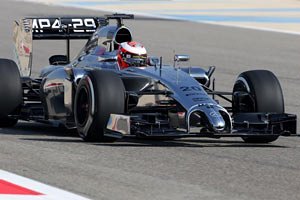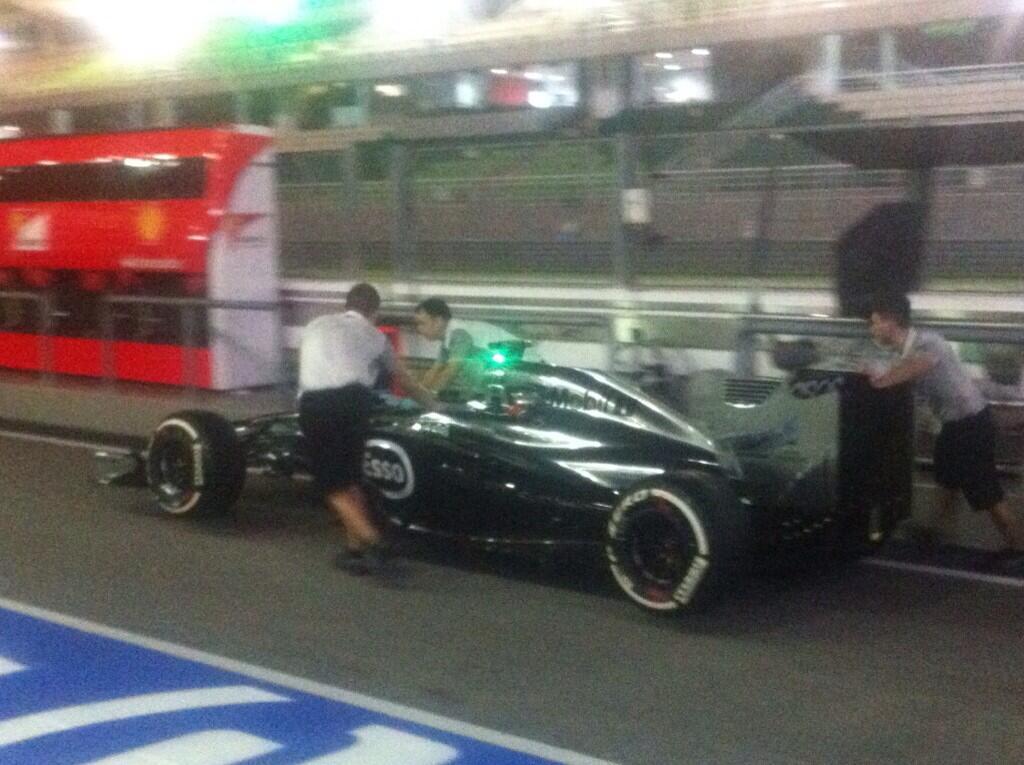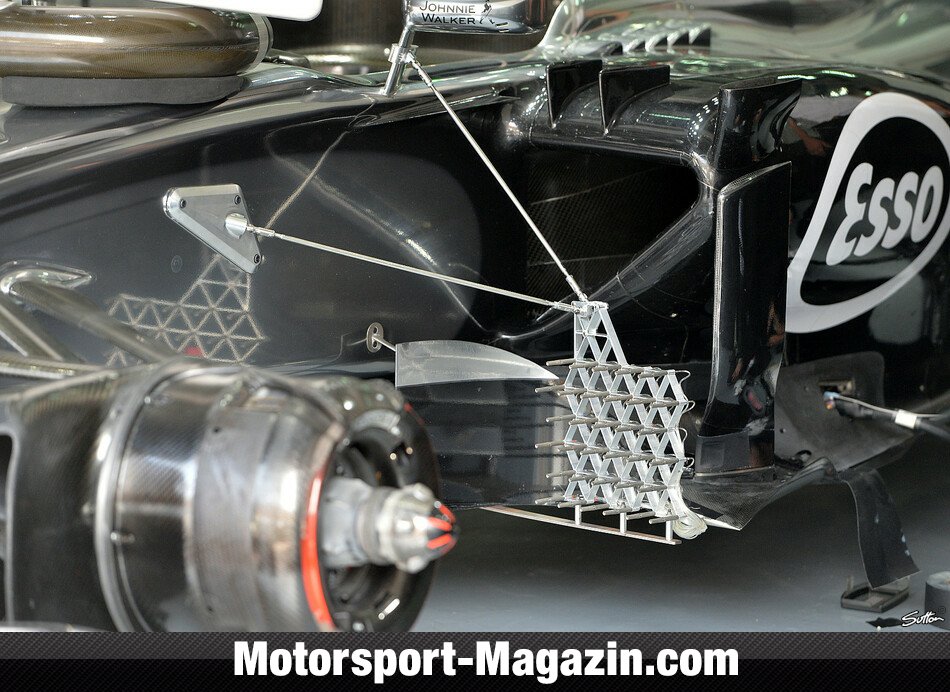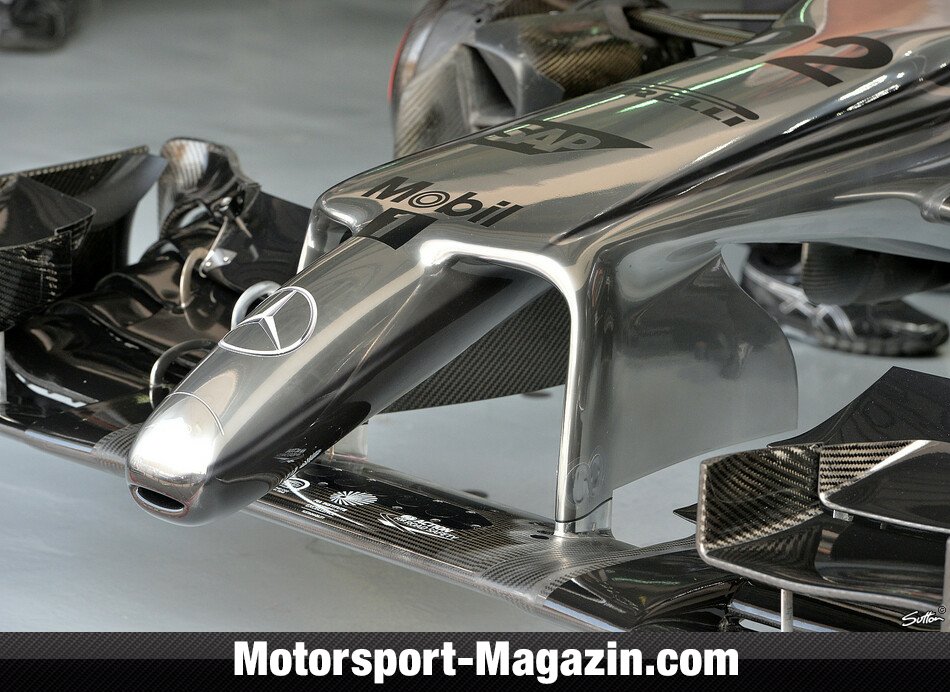It's my understanding that sidepods are essentially pressurized systems in which air flow to cool the radiators is forced through them as a result of a pressure differential between the inlet and vent(s) of the sidepods. In other words, the forward motion of the car alone is not directly responsible for driving air through the radiators; rather, the forward motion of the car creates a pressure differential that is responsible for driving air through the radiators.frosty125 wrote:Could someone explain the sidepod cooling concept McLaren have gone for and the advantages of it. The angle of the radiators is very different to most of the other cars.
Because of that, designers have a bit of latitude when it comes to choosing a layout within. Radiators and intercoolers do not need to be positioned in such a way to make use of a ram-air effect. (Though, they can be.)
A relatively low-pressure system comes with a smaller drag penalty, because the inlets can be made relatively smaller. The trade-off is the need for a relatively larger radiator in order to provide the same cooling efficiency of of a higher pressure system with larger inlets. The benefit of the latter philosophy is overall tighter packaging, because it enables the use of a relatively smaller radiator.
(Relatively, relatively.)
And please accept this as a "Cooling for Dummies" explanation, as those are the only explanations I'm qualified to offer.







